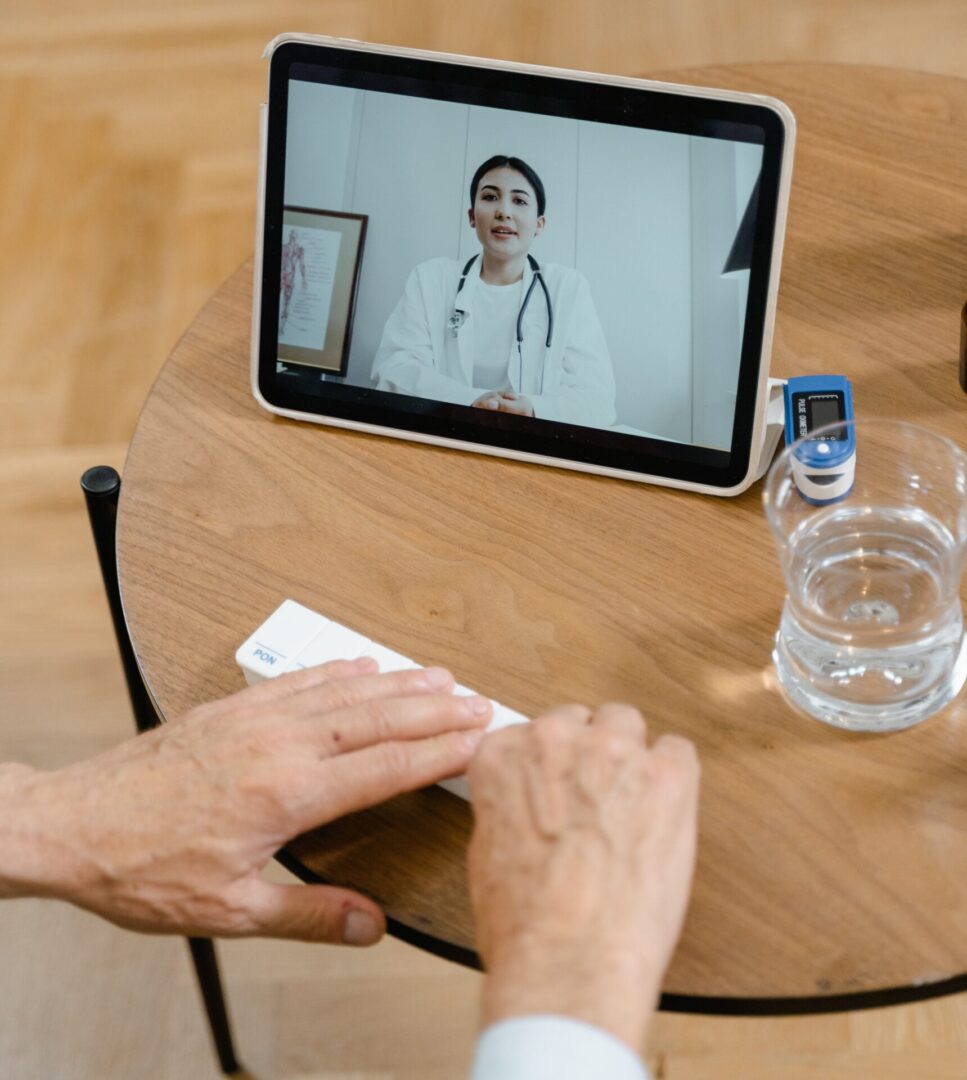
Background
Non-Compliance in Healthcare
The prevalence of chronic conditions is increasing as people live longer but lack the proper health resources they need. Therefore, it is concerning that noncompliance is also increasing among patients. Medication nonadherence has led to around 125,000 annual deaths [1]. Furthermore, non-compliance results in a quarter of patients being admitted to the hospital [1]. Even people with serious health complications and risks have low adherence rates [1]. This can result in a worse prognosis, further complications, and even death.

The lack of collaborative care between patients and providers can make this issue worse. For instance, a study found that 60% of patients were unable to recall their medication directions accurately even if asked right after their appointment [2]. Patients often forget to take their medications or may question why taking them is necessary. It may not be until a few months later when their symptoms worsen and they require another visit before they understand the consequences of their non-compliance. Patients may also fear possible side effects from their treatment plan. Additionally, patients may have multiple medications they need to take and may see their treatment plan as too complicated. All of these issues arise from a lack of communication with their providers and can result in further health complications. Therefore, providers and patients must collaborate more for more positive health outcomes.
Solution
Supporting Patient Engagement
Remote patient monitoring allows providers and patients to be more collaborative in the overall treatment plan. Patients often need support to adhere to their medication and make positive health choices. A study showed that patients with remote blood pressure monitoring and access to a health coach were able to lower their blood pressure between 53 to 85% [3]. Providers can collaborate more with patients when they can monitor them remotely. Physicians can track if a patient missed their medications or if there are worsening symptoms. This allows patients and providers to communicate in real-time to adjust the treatment plan and avoid further complications. Doctors can respond to patients’ questions in real-time and promote patient engagement. Remote patient monitoring allows providers to support patients continuously. Overall, this collaboration will lead to increased medication adherence, decreased mistrust, and better health outcomes for patients.

Healthier Lifestyle Choices
Remote patient monitoring allows providers to track patients’ health choices outside of the traditional clinical setting. For instance, physicians can monitor a patient’s physical activity [4]. Alerts can be sent when a patient fails to meet their daily fitness requirements. Furthermore, providers can monitor patients’ diets and ensure they are getting adequate nutrition. Continuous collaboration from physicians will help patients make healthier choices to manage their conditions better. This in turn helps to decrease the number of hospitalizations [4]. Remote patient monitoring also allows providers to be more engaged by tracking trends in patient data and intervening when necessary. Patients can access the same data trends and see the positive effects and significance of adhering to their treatment plans. Furthermore, patient satisfaction increases because patients feel like their providers are checking in on them [4]. Therefore, increased collaboration with the use of remote patient monitoring leads to better health choices.

Conclusion
Remote patient monitoring promotes collaboration which in turn leads to improved health outcomes for patients. Providers can help patients adhere to their treatment plans and suggest healthier choices for them. Furthermore, patients will see the significance of taking their medications when given daily trends and health updates. This will help reduce non-compliance among patients and increase patient engagement. Overall, increased collaboration between patients and providers will reduce adverse health effects and improve the quality of life for patients.
References
- https://www.verywellhealth.com/adhering-to-treatment-recommendations-2614978
- https://www.ncbi.nlm.nih.gov/pmc/articles/PMC3191684/#:~:text=Failure%20to%20adherence%20is%20a,are%20likely%20to%20affect%20adherence.
- https://patientengagementhit.com/news/remote-patient-monitoring-drives-engagement-in-disease-management
- https://www.practicefusion.com/blog/benefits-of-remote-patient-monitoring-for-independent-practices/